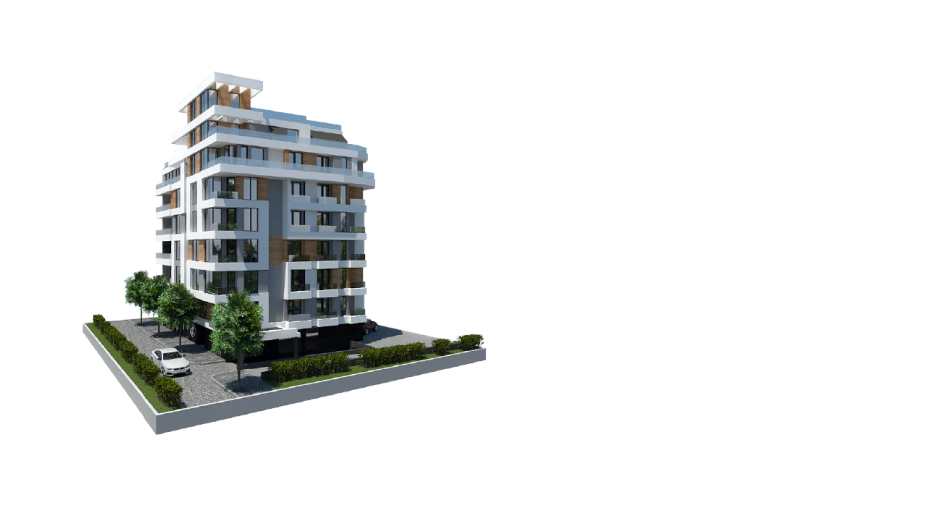World Class
Tint Tech
Designed for Building
Choose Your Building Type
Choose Your Window
Film Performance
Ravo For Residential



FIND THE BEST FOR YOUR HOME
Select your product choice and experience the difference!
REJECTION
--
REJECTION
--
THICKNESS
--
FAQ
Building tint refers to the application of tinted film or glass to windows in commercial and residential buildings. This tinting can reduce glare, improve privacy, enhance aesthetics, and provide UV protection.
The primary benefits of building tint include:
Aesthetic Appeal: Offers various colors and finishes to enhance the visual appeal of a building.
Reduced Glare: Minimizes glare from the sun, improving comfort for occupants.
UV Protection: Blocks harmful ultraviolet rays, protecting furnishings and reducing the risk of skin damage.
Energy Efficiency: Helps regulate indoor temperatures by reducing heat gain from the sun, potentially lowering cooling costs.
Enhanced Privacy: Tinted windows can prevent outsiders from seeing inside, while still allowing occupants to enjoy natural light.
There are several types of building tint options:
Low-E Glass: Glass with a special coating that reflects heat while allowing light to pass through, offering energy efficiency without traditional tint.
Window Film: Applied to existing windows, available in various shades and types (e.g., reflective, frosted, colored).
Tinted Glass: Pre-tinted glass panels that can be used in new construction or renovations.
Window film is typically applied in several steps:
Trimming: Excess film is trimmed to fit the edges of the window.
Cleaning: The window surface is thoroughly cleaned.
Measuring and Cutting: The film is measured and cut to fit the window size.
Application: The film is applied to the window using a special adhesive and smoothing tools to remove air bubbles and ensure proper adhesion.
Yes, building tint can contribute to energy savings by reducing heat gain from sunlight, which lowers the need for air conditioning. This can lead to decreased energy bills and increased comfort.
Consider the following factors when choosing building tint:
Local Regulations: Check for any building codes or regulations related to window tinting in your area.
Purpose: Determine whether you need glare reduction, UV protection, privacy, or aesthetic enhancement.
Tint Level: Choose the darkness or reflectivity based on your privacy and light control needs.
Building Orientation: The direction your building faces may affect how much heat and light you need to manage.
While building tint requires minimal maintenance, it is important to keep the windows clean and avoid using abrasive cleaners. Regular cleaning with a soft cloth and mild detergent will help maintain the appearance and effectiveness of the tint.
High-quality window films can last between 10 to 15 years or more, depending on factors like exposure to sunlight, weather conditions, and the quality of installation. Tinted glass, when properly maintained, can last even longer.
Yes, window film can be removed or replaced, though it may require professional assistance to ensure no damage to the glass. Tinted glass can also be replaced if necessary, typically during major renovations or updates.
Possible downsides include:
Appearance: Tinting can alter the appearance of the building’s exterior, which might not be desirable for everyone.
Initial Cost: The upfront cost of installation can be significant, though it may be offset by long-term energy savings.
Reduced Natural Light: Some types of tint may reduce the amount of natural light entering the building.
It’s essential to check with your building’s manufacturer or warranty provider before applying window tint. In some cases, improper installation or certain types of tint might affect warranties.
Look for professionals with good reviews, relevant certifications, and experience in commercial or residential tinting. Ask for references and check their portfolio to ensure they have a track record of quality work.



